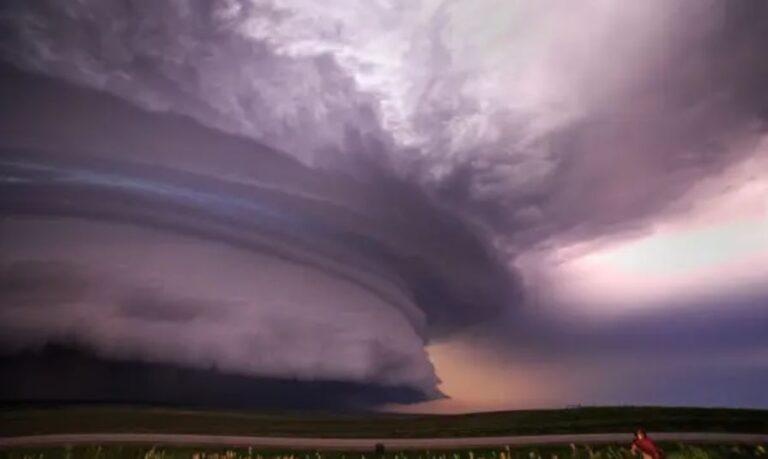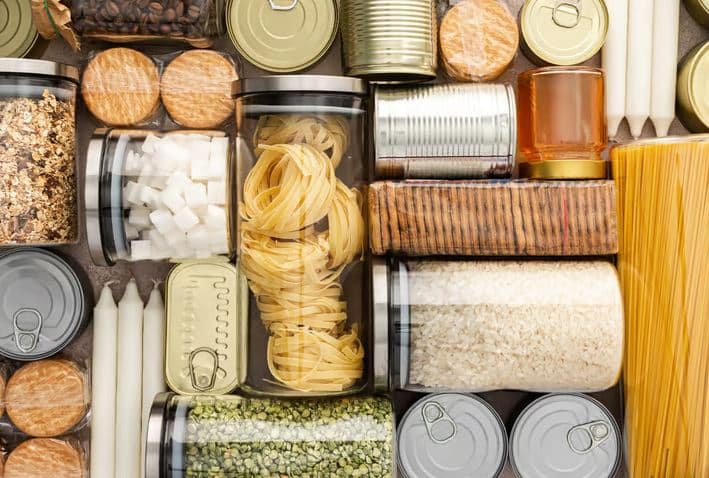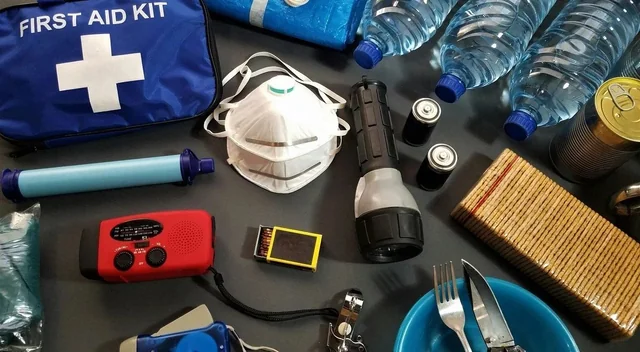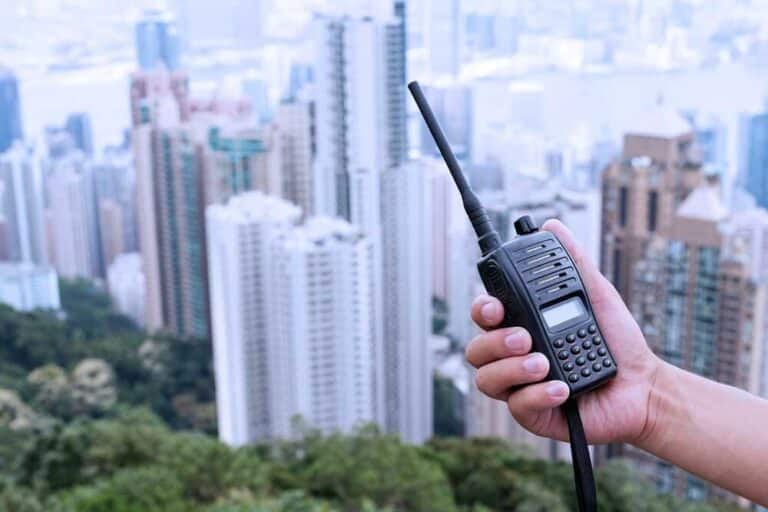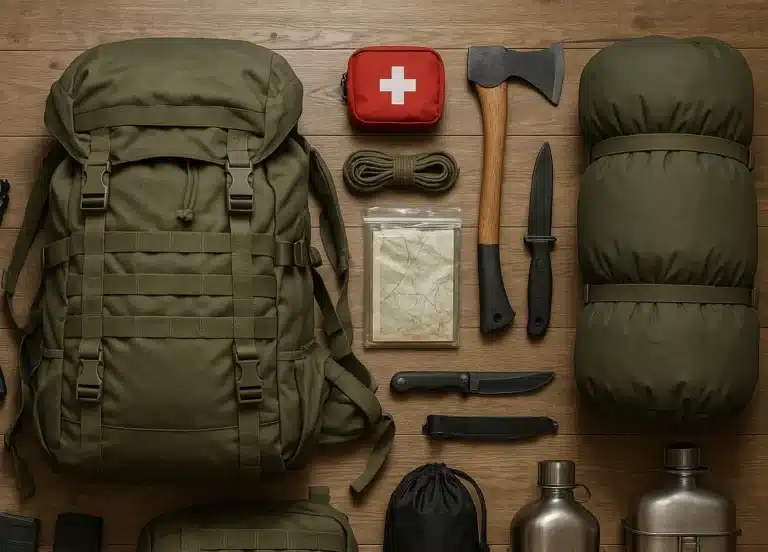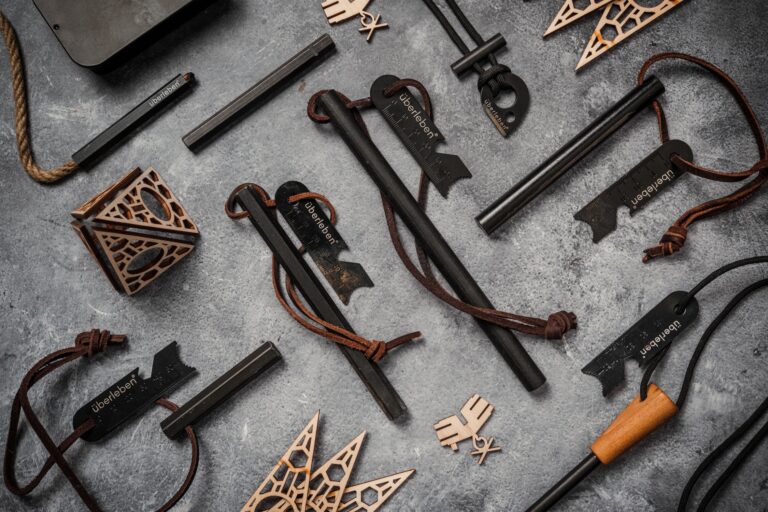What Is a Bush Knife? Understanding the Blade Behind the Buzzword
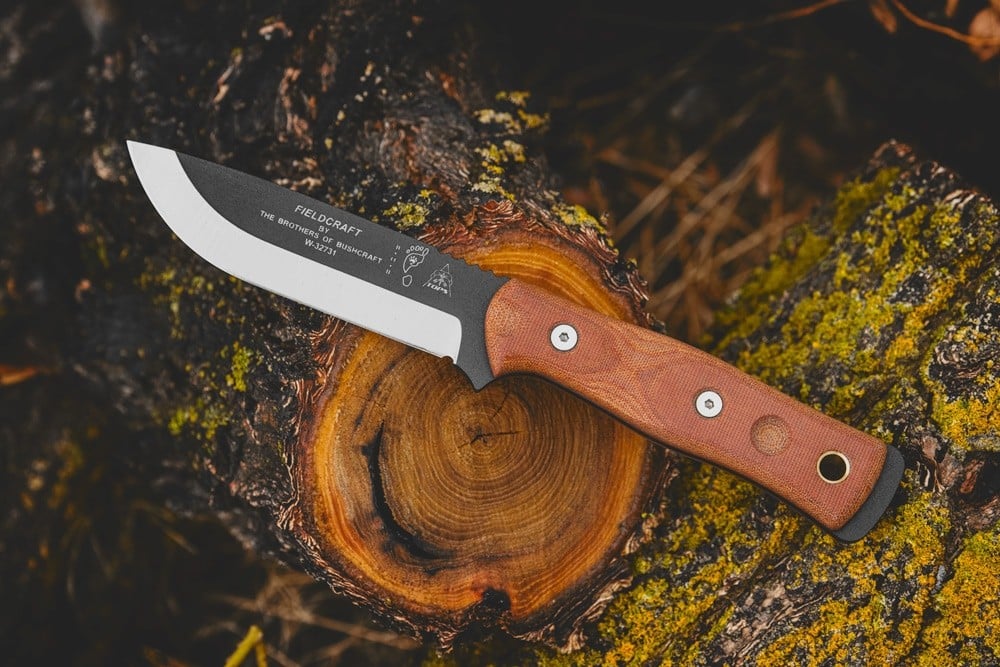
A bush knife is a compact, fixed-blade tool designed for bushcraft tasks like wood carving, fire preparation, and field dressing game. Often used interchangeably with “bushcraft knife,” it emphasizes control and precision—not heavy-duty chopping.
Introduction
If you’ve been researching outdoor gear or prepping tools lately, you’ve probably stumbled across the term bush knife. It’s trending as a search term, but there’s a lot of confusion around what it actually means.
Some brands call machetes “bush knives.” Others label any fixed-blade knife that’s vaguely tactical with the term. But if you’re serious about survival gear—or just don’t want to sound like an amateur—it’s important to understand what a bush knife really is.
Spoiler alert: a proper bush knife is a bushcraft knife, and it’s all about the design for specific tasks.
Let’s dig in.
What Is a Bush Knife?
The term bush knife is often a shortened version of bushcraft knife, referring to a fixed-blade knife built for wilderness survival and precision-based outdoor tasks.
A real bushcraft knife is designed for:
- Whittling or carving wood
- Preparing tinder or feather sticks
- Field dressing game
- Food preparation in the wild
- Light baton work (splitting small branches)
These blades aren’t about brute force—they’re about finesse. A bush knife is your go-to for controlled cutting, not chopping firewood or clearing vines.
Where the Confusion Comes From
The popularity of the term “bush knife” stems largely from keyword searches. Many newcomers Google it without knowing the subtle differences—and some retailers have capitalized on that by labeling machetes, kukris, or even massive camp knives as “bush knives.”
But to experienced outdoorsmen, machetes and bushcraft knives serve completely different roles.
This matters—especially if you’re relying on your blade in the backcountry or during a survival situation. Choosing the right tool for the job can mean the difference between efficiency and frustration (or worse).
Bush Knife vs. Camp Knife vs. Machete
Let’s settle the score with a quick breakdown:
| Blade Type | Best For | Blade Style | Key Features |
|---|---|---|---|
| Bushcraft Knife | Carving, fire prep, food, gutting | 4″–6″ fixed blade | Scandi or flat grind, great slicer |
| Camp Knife | Chopping, heavy-duty work | 6″–9″+ fixed blade | Thicker blade, sabre grind or full flat grind |
| Machete | Clearing brush, vegetation | 10″–18″+ blade | Long blade, mostly weight-forward for swing |
A bushcraft knife fits comfortably in the hand, excels at slicing, and typically features a Scandi grind or flat grind for fine control. It’s often made with high-carbon steel for better edge retention in wilderness environments.
A Quick History of Bushcraft Knives
The bushcraft knife’s roots go back to traditional Scandinavian tools like the puukko—compact, fixed blades used for everything from carving spoons to preparing meals. These knives evolved for life in remote, wooded areas where versatility and reliability mattered more than tactical flash.
Modern bush knives still honor that same philosophy: no nonsense, just pure function.
Today, bushcraft knives are embraced by:
- Survivalists and preppers
- Overlanders and off-grid explorers
- Hunters and anglers
- Backpackers looking to shed weight without sacrificing utility
What to Look for in a Quality Bushcraft Knife
Not all fixed blades are created equal. Here’s what to prioritize when choosing a true bush knife:
🔪 Blade Length: 4–6 Inches
Long enough for batoning kindling, short enough for precise work like gutting or carving.
🧱 Full Tang Construction
One solid piece of steel from tip to pommel = maximum durability.
🪓 Grind: Scandi or Flat
Scandi grinds make carving effortless and easy to maintain in the field. Flat grinds are a good all-around option too.
🛡️ Steel Type: Carbon or High-Quality Stainless
1095 carbon steel is a favorite for its edge retention and field-sharpening ease—but stainless steels like S30V or 14C28N resist corrosion better in wet climates.
✋ Comfortable Handle
Whether it’s micarta, rubber, or hardwood, the handle should feel secure in all weather conditions—even when wet.
❌ Skip the Serrations
Serrated blades are harder to maintain and reduce control for bushcraft tasks.
How to Choose Your First Bushcraft Knife
If you’re just getting into bushcraft, don’t overthink it. A reliable mid-tier knife will serve you well for years and teach you what features matter most.
Ask yourself:
- Will I be carving and doing camp chores?
- Do I plan on processing wild game?
- Do I want to carry this on my belt daily or keep it in a bug out bag?
Choose something comfortable, durable, and field-ready—not overly tactical or oversized.
Field Use Examples
Still wondering if a bushcraft knife is right for you? Here are some real-world examples of how people use them:
- Starting a fire: Use the spine of your blade against a ferro rod to produce sparks.
- Feather sticking: Prepare dry, thin curls of wood to catch flame faster.
- Skinning a rabbit: Use the narrow point and sharp edge for clean cuts.
- Building a shelter: Carve notches into branches for primitive construction.
- Camp cooking: Chop onions, fillet fish, or slice meat right on a flat rock.
Our Top Picks for Bushcraft Knives
At Outlast Supply, we stock gear we actually use. These are our favorite bushcraft-ready fixed blades:
- ESEE 4 – Legendary durability with a perfect size for field work
- The ESEE-4 Fixed Blade is one of the most popular ESEE knives ever made. With its 3/16″ thickness, it’s the perfect blend between toughness and cutting efficiency all in a small package. The ESEE-4 “wilderness” model of the popular ESEE-3 tactical knife with a longer, thicker blade. The 1095 steel blade is 3/16″ thick with a full flat grind. The handle has removable Micarta scales and a rounded pommel with a hole for lanyard attachment.
- Cold Steel 3V – Ideal all-around knife with premium blade steel
- The Cold Steel Master Hunter features an extra broad American CPM-3V High Carbon Steel blade honed by hand to a razor sharpness. The Master Hunter’s curved cutting edge slices effortlessly through even the toughest hide, while its stout but sharp drop point makes field dressing and skinning a breeze. The spine of the blade is a full 3/16″ thick to allow for the necessary strength and stiffness to field dress and skin even the biggest animals. The grip is specially designed to promote long use without fatigue. Made of the shock absorbent Kray-Ex™, and featuring our deeply checkered surface, it won’t slip no matter how cold, wet or bloody your hands get, and it will give you a positive and secure purchase on your blade even when wearing thick gloves. Plus, Kray-Ex™ has specially enduring advantages for a hunter, in that it will never rot, shrink, crack, splinter, or mildew, and is completely impervious to even the harshest weather. For safety, the Master Hunter comes in a adaptable and versatile Secure-Ex™ sheath that will accommodate just about any belt, pack or rig.
- TOPS BOB Fieldcraft – Built specifically for bushcraft by real survivalists
- The TOPS Fieldcraft B.O.B. Hunter was designed by The Brothers of Bushcraft, a coalition of men across North America focusing on sharing wilderness living skills of all categories. From tracking, to building shelters, the Brothers of Bushcraft make it a point to show the skills to all people, of all ages, from all over. The Fieldcraft Knife is the culmination of their knowledge, combining experiences from; the broad and humid rain forests, the arid and scorpion-littered deserts, and the frigid northern lands that span the Americas. From carving netting needles and trap triggers, to chopping through branches, the TOPS Knives / Brothers of Bushcraft Fieldcraft Knife will do just about any chore that you can throw at her in a wilderness survival scenario.
- TOPS Baja 4.5 Reserve – Superb interpretation of the utility knife
- The TOPS Baja 4.5 Reserve Edition is a superb interpretation of the utility knife. Made from 5/32″ thick 1095 high carbon steel, the 4.5″ drop point blade can take on even the toughest cutting tasks. Brown micarta handles scales are comfortable in hand and have excellent traction. An integral bow drill divot allows for an easy primitive fire starting method without additional tools. When TOPS started building knives for bushcraft outside of the tactical knives with a survival flair, black traction coating and tan canvas Micarta handles were the option on most. As TOPS has continued to be successful in that arena, many colors and finishes have been offered, but the tan and black color combo remains to be one of THE classic looks. Enter the Reserve Edition. Like a prized, single-malt, aged scotch, or a top-shelf cigar, the Baja 4.5 Reserve Edition looks every bit as good as those classics and comes with a quality double-stitched brown leather sheath to complete the look. So nice, you’ll want to wear it to your next black-tie affair or maybe just out into the woods. Either way, it’ll look great and get the job done.
Final Thoughts
The phrase “bush knife” may have started as an SEO trend—but the blade it points to is the real deal. A proper bushcraft knife is one of the most versatile, dependable tools you can carry in the outdoors.
Whether you’re building a fire, dressing game, or carving a trap trigger, a bush knife deserves a place in your pack.
Skip the gimmicks. Choose a knife designed for the task.

